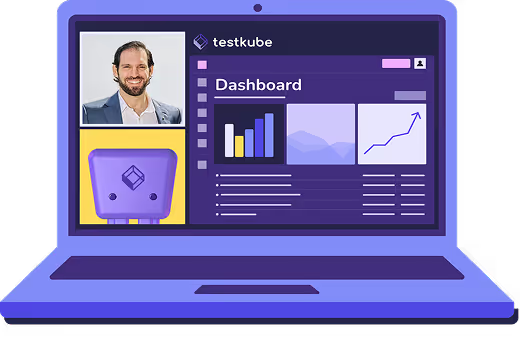Table of Contents
What Does Application Mean?
An application is software designed to perform specific functions or provide services to users or other systems. Applications can range from simple utilities and web services to complex, distributed systems made up of many microservices.
In a cloud-native world, applications are typically containerized and deployed into environments like Kubernetes clusters, where they interact with infrastructure components, networking layers, and other services.
Why Applications Matter in Testing
Applications are the center of modern software delivery. Ensuring their reliability, scalability, and performance is critical because:
- Applications drive user experience and business value.
- Bugs or downtime in applications have a direct impact on end users.
- The rise of microservices makes testing more complex as dependencies multiply.
Testing applications ensures that functionality, security, and performance remain consistent across evolving environments.
Common Challenges with Applications in Kubernetes
Running applications in Kubernetes introduces new considerations for testing:
- Dynamic environments: Pods and services can restart, scale up/down, or move across nodes.
- Infrastructure dependencies: Networking policies, ingress controllers, or persistent storage can affect application behavior.
- Observability gaps: Logs, metrics, and traces are spread across multiple services and components.
- Flaky executions: Failures may stem from the cluster or infrastructure, not the application itself.
How Applications Are Tested with Testkube
Testkube provides Kubernetes-native continuous testing by running tests inside the same cluster where your applications live. This ensures alignment between application behavior and the environment. With Testkube, you can:
- Run end-to-end tests (e.g., Cypress, Playwright) against deployed applications.
- Validate API endpoints with tools like Postman, REST Assured, or custom scripts.
- Perform load and performance testing with k6, JMeter, or Artillery.
- Continuously monitor deployments after changes.
By integrating directly with Kubernetes primitives like Jobs, Pods, and CRDs, Testkube eliminates environment drift and provides a unified testing platform.
Real-World Examples
- Testing a web application’s checkout flow deployed on Kubernetes to ensure scaling under heavy traffic.
- Validating microservice communication in a distributed banking application using API contract tests.
- Running security scans on a healthcare application to confirm compliance with HIPAA and data-protection policies.
Getting Started with Application Testing in Testkube
- Deploy your application in Kubernetes.
- Install Testkube in your cluster.
- Register your tests (e.g., Postman collections, Cypress workflows).
- Run tests against the live application using Testkube’s CLI, dashboard, or GitOps workflows.
- Analyze results in real time to ensure application reliability and performance.


